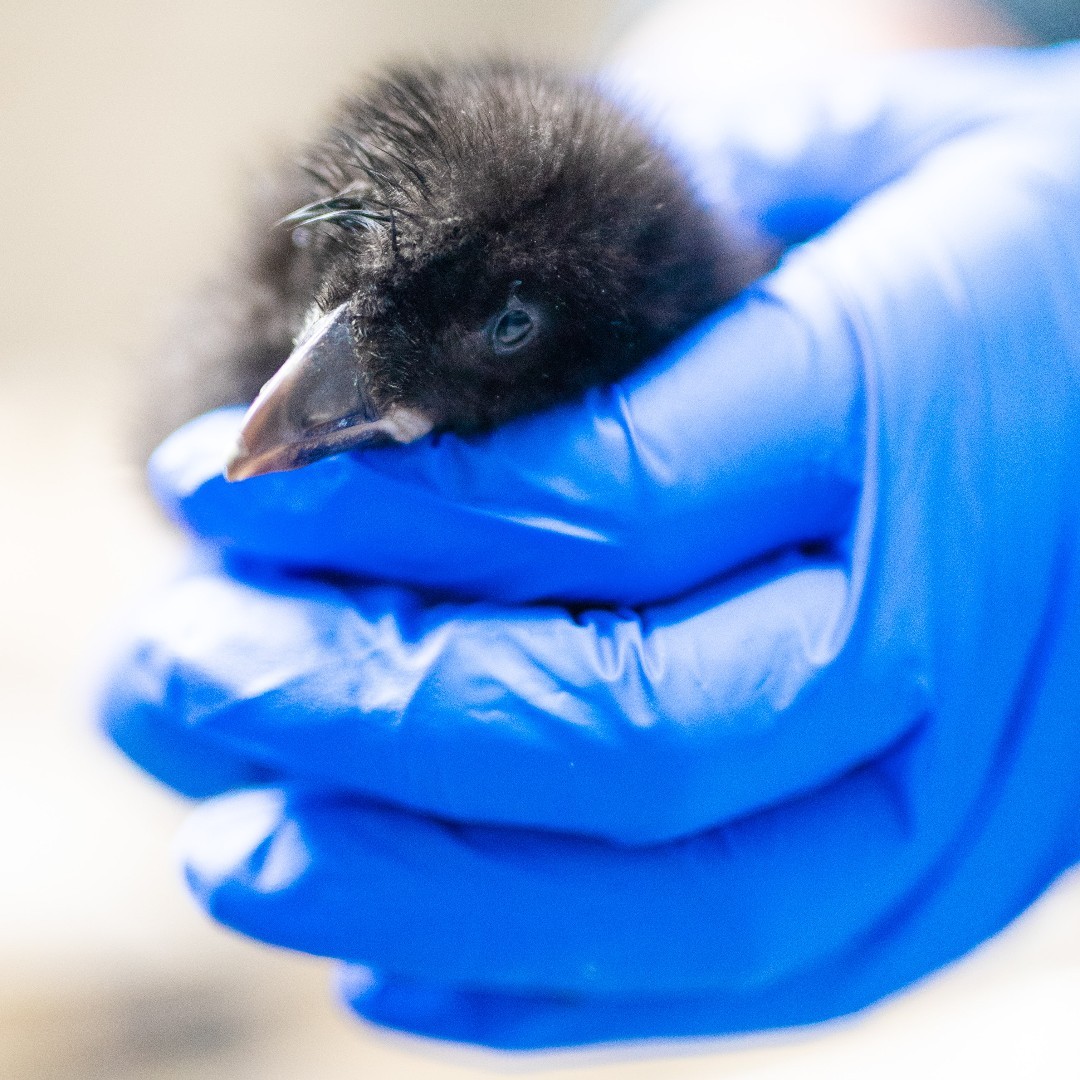Welcome to the world, little one!
Summary:
1. Meet Denali and Aleutian’s adorable chick
2. What makes horned puffins unique?
3. Discover fascinating facts about horned puffins
4. Understanding the chick’s growth and development
5. Tips for spotting the “horn” above its eye
Have you heard the exciting news? Denali and Aleutian, the proud parents at our zoo, have just welcomed their precious chick to the world! It’s a magical moment that always captivates visitors of all ages. Today, we will delve into the unique and fascinating aspects of this little one’s species: the horned puffin.
1. Meet Denali and Aleutian’s adorable chick
Let’s start by warmly welcoming this adorable bundle of joy! Nestled in its cozy shelter, the fluffy chick has just hatched, sporting a downy coat of black feathers. As we watch it waddle around its parents, it’s hard not to be enchanted by its cuteness.
2. What makes horned puffins unique?
The horned puffin belongs to the family of birds known as auks. These birds are known for their colorful beaks, which add a touch of vibrancy to the breathtaking landscapes they inhabit. However, what sets the horned puffin apart is the fleshy “horn” above its eye that gives it its name.
3. Discover fascinating facts about horned puffins
Prepare to be amazed by some intriguing facts about these delightful seabirds. Did you know that horned puffins spend most of their lives at sea? They only come to land during the breeding season, which makes the arrival of Denali and Aleutian’s chick even more special. It’s no wonder the birth of each puffin chick is celebrated among our dedicated zookeepers and visitors.
Another fascinating characteristic of horned puffins is their ability to dive into the chilly waters in search of their favorite food: fish! These acrobatic birds can plunge up to 200 feet below the surface, using their wings to swim gracefully and capture their prey. Seeing them in action is truly a sight to behold.
4. Understanding the chick’s growth and development
Now that we’ve marveled at the unique features of horned puffins let’s take a closer look at the growth and development of Denali and Aleutian’s chick. From its humble beginnings as a small, fluffy hatchling, the chick will go through several stages of growth over the coming months.
First, it will rely entirely on its parents for food and protection. The devoted mother and father will take turns caring for the chick, ensuring it receives a nourishing diet of fish and invertebrates essential for its healthy development.
As the chick grows, its fluffy down will be gradually replaced by sleeker feathers, providing better insulation and waterproofing for its marine adventures. It’s a remarkable transformation to witness as the chick prepares for a life of independence.
5. Tips for spotting the “horn” above its eye
If you’re lucky enough to observe Denali and Aleutian’s chick up close, watch for the distinctive feature that makes horned puffins unique. Look closely, and you’ll spot the fleshy “horn” above its eye. This peculiar adaptation is believed to serve a purpose in courtship displays, making horned puffins even more intriguing.
Remember, patience is key when trying to spot this subtle characteristic. Watching the chick’s interactions with its parents and exploring its surroundings will provide a precious opportunity to witness the wonders of nature.
In conclusion, the arrival of Denali and Aleutian’s chick is an event that fills us all with joy and excitement. Its presence reminds us of the incredible diversity of wildlife surrounding us and the conservation efforts necessary to protect it. We invite you to visit our zoo and witness this enchanting little horned puffin as it grows and thrives under the loving care of its devoted parents. Welcome to the world, little one!
*****
Source Description
Welcome to the world, little one! ❤️
How can you tell Denali and Aluetian’s chick is a horned puffin? If you look closely, you can see the fleshy “horn” above its eye that this species is named after. Can you see it?


